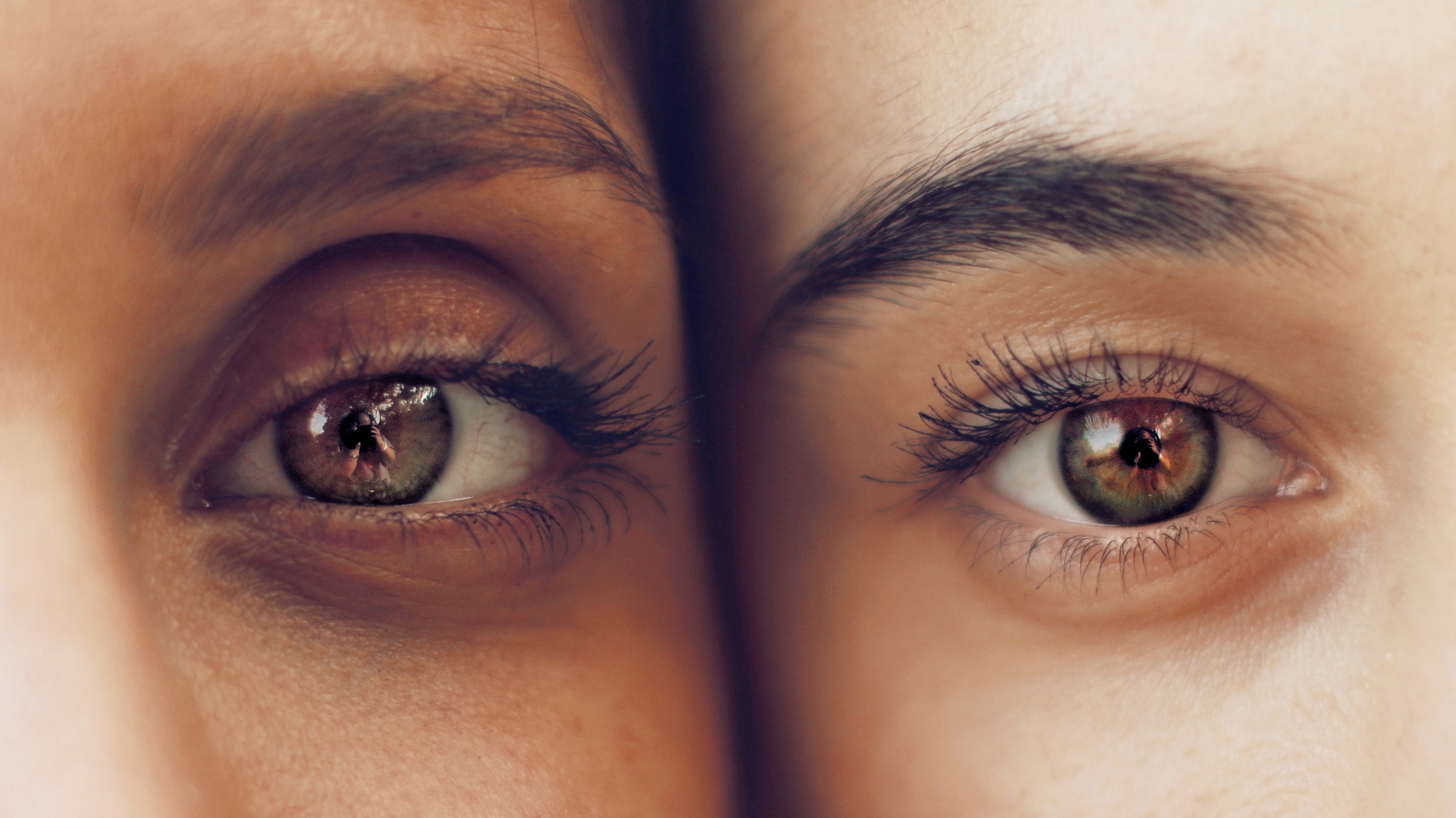
Retinosis pigmentosa is a kind of inhereted dystrophy that affects the retina and causes a slow vision loss and affects both eyes. It begins with a loss of night and lateral vision and ends causing blindness.
This pathology mainly affects the retina, which is the layer of tissue at the back of the eye that captures the light images received by the eye and transmits them to the brain through the optic nerve.
In most cases, the origin of retinitis pigmentosa is hereditary and is linked to the X chromosome. However, it can also appear spontaneously, i.e. a person can suffer from this pathology even if they have no family history. This disorder is more prevalent in men than in women.
Retinitis pigmentosa is characterized by the gradual destruction of some cells (cones and rods) in the retina, leading to loss of color perception and central vision. The degree of vision loss may vary in each case, but most affected people reach legal blindness (visual acuity less than 20-200 with correction and visual field less than 20 degrees) before the age of 40.
Retinitis pigmentosa is characterized by its silent onset and slow progression.
Some of the most frequent symptoms are the following:
Usually in order to diagnose this pathology, tests like these ones are performed:
As of today, retinitis pigmentosa has no cure. However, gene therapy and stem cell treatments could, in the future, represent a breakthrough for the cure of this pathology. Other options, such as microchip implantation in the retina in order to allow artificial vision, are still in development.
Therefore, right now there is no definitive treatment.
As it is a disease that in most cases has a hereditary component, there are no effective preventive measures.
When the disease manifests itself, measures such as the use of sunglasses to protect the retina from ultraviolet rays are recommended, as well as regular check-ups with a specialist to avoid the development of associated risk factors.
It is also important that those affected receive support to help them adapt correctly to vision loss. There are low vision aids and low vision rehabilitation therapies that can help.

Contact us or request an appointment with our medical team.